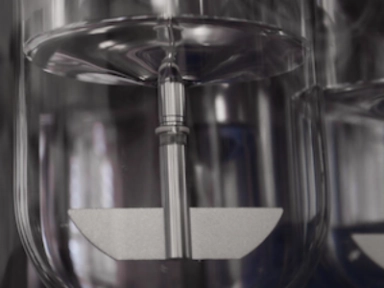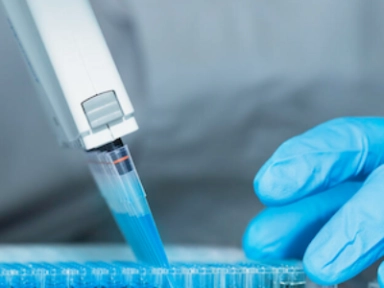Italian real-world analysis for PCSK9 inhibitors new users
Italian real-world analysis on management and pattern of PCSK9 inhibitor use in the first six months of treatment
Main Takeaway
The rate of prescription of PCSK9i therapy was below expectations during the first year of availability in patients from the Tuscany region who had a prior CV event or had a comorbidity that increases CV risk
During first 6 months of follow-up, adherence and persistence to PCSK9i therapy were very satisfying, highlighting good tolerance and treatment compliance
Why This Matters
Italian Medicines Agency follows strict reimbursement criteria imposing a potential barrier to PCSK9i access, and this could have generated inequalities in the prescribing governance across Italian regions
Study Design
This Italian, real-world study included 269 patients from 26 specialized centers in Tusc any region who had:
- a prior CV event or had a comorbidity that increases CV risk
- received at least one PCSK9i prescription (evolocumab or alirocumab) from July 2017 to June 2018
Lipid-lowering therapy (LLT) prescriptions in the 6 months before the index date (date of first PCSK9i dispensing) were analyzed based on the outpatient prescription database retrieved from the healthcare administrative databases
Key inclusion criteria:
- adherence (proportion of days covered [PDC])
- persistence (absence of a gap longer than 30 days between end of dispensing duration and new dispensing period or end of follow-up)
- switch between different PCSK9is
Key Results
Patient population
- Overall, 269 new users of PCSK9i were included in the study:
- mean age = 59.1 years
- males = 71.0%
- primary prevention (N = 80), secondary prevention (N = 189)
- evolocumab (N = 176), alirocumab (N = 93)
- ≥ 1 clinical condition increasing CV risk (N = 184) (most common: familial hypercholesterolemia (N = 144), diabetes mellitus (N = 66)
- The rate of PCSK9i prescription was 7.2 per 100,000 inhabitants
- In 6 months prior to first PCSK9i dispensing period, 61.3% of the patients received at least one prescription of LLT included in reimbursement criteria (ezetimibe with/without high-intensity statin), whereas 16.4% of the patients received other LLTs and 22.3% of the patients had no LLT recorded
Outcomes
- Adherence: More than 80% of patients were adherent to therapy (PDC ≥75%)
- Similar trend for adherence to therapy was observed for evolocumab (80.6%) and alirocumab (79.1%)
- Persistence: During follow-up, 73.3% of PCSK9i users (72.6% for evolocumab and 74.7% for alirocumab) were persistent to therapy for 6 months
- Following a PCSK9i discontinuation, 19.2% of patients restarted therapy (primary vs secondary prevention: 20.6% vs 16.5%)
- Switch: Only one patient switched from evolocumab to alirocumab
Limitations
- Lack of clinical information like LDL-C levels or statin intolerance did not permit to confirm the precise fulfilment of reimbursement criteria
- Enrollment of some subjects in the study post participation in a clinical trial could have resulted in misclassification of these participants as “new PCSK9i users”
- Adherence and persistence to PCSK9i therapy was evaluated for a short period




